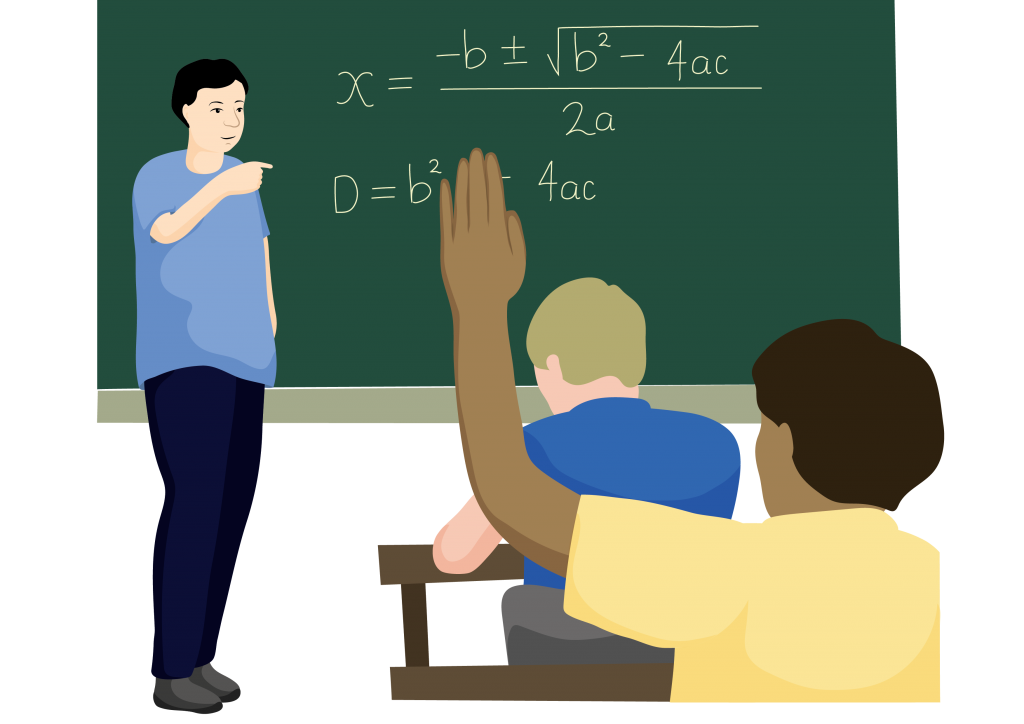Introduction to vision
Instruction
In this topic you will learn about vision and different vision problems that people may experience.
What is vision?
Vision is the ability to see. This includes being able to see up close and in the distance.
Distance vision
Distance vision is the ability to see objects clearly from a distance.
Distance vision is used to see (for example):
- The blackboard in a classroom
- Street or shop signs
- Faces across a room.

Near vision
Near vision is the ability to see objects up close.
Near vision is used for tasks such as:
- Reading books or newspapers
- Sewing
- Preparing food
- Sorting objects.

Troubles de la vision
There are different problems that a person may have with their vision including:
- Distance vision problems
- Near vision problems
- Eye health problems (for example, infections and cataracts).
A person can have one or a combination of these, and to different levels of severity.
La plupart des troubles de la vision peuvent être :
- Prevented. For example, by limiting the amount of time a child spends looking at electronic devices
- Traités. Par exemple en suivant un traitement médicamenteux pour des problèmes de santé oculaire.
- Helped. For example, through using assistive products such as spectacles and/or rehabilitation.
Some vision problems are unavoidable. This means treatment will not fully restore vision. However, assistive products and a more accessible environment can assist the person to do the things they need to do.

